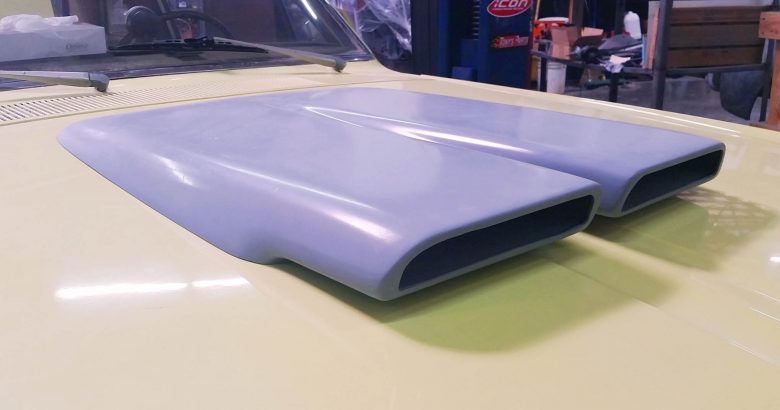
How Hood Scoops Work
Hood scoops are those bumps you see on the bodies of performance cars with openings that let air in. They are frequently on the hoods of cars, especially on the muscle cars of the 1960s. Have you ever wondered if they provide any real value to the performance of the vehicle or are they just there for looks? We did too so we asked our friends at Temecula Hyundai of Temecula, CA, an authorized Hyundai dealer, to explain to us how hood scoops work.
How they work
The way that hood scoops work is actually pretty simple. An engine gets oxygen from the outside air. Cool air is denser than hot air and thus has more oxygen in it. And when it burns it produces more power. Since the air in the engine compartment is usually considerably hotter than the outside air, you don’t want to suck that air into the engine. What you want to do is pull in nice fresh air from outside. This is where hood scoops come into play. Not only are they sticking out into cooler air, they benefit from having the air pressure increased as the car moves.
Different types of air scoops
Raised Scoops – These are the scoops that stick up off a car’s body. They are often on the hood of performance cars, certainly the muscle cars of the 1960s. Most raised scoops are just an inch or so tall but you will see some cars with scoops that rise far above the car’s surface. This may look like the styling department is showing off a little but there’s more to it. When a scoop is up in the air, it escapes the slower “boundary layer” level air near the hood surface. This allows the scoop to not only funnel cooler air down into the engine but enjoy a ram-effect where air is pushed into the engine.
Cowl-induction Scoops – Many scoops face forward in the direction of the oncoming air, but every so often you’ll see a reversed scoop, facing backwards. Doesn’t seem like a good idea, right? Well, the way it works is that the area at the base of the windshield on cars is actually a high-pressure zone. If a reversed scoop is mounted close enough to the windshield, that high pressure will force cool air into the scoop. It won’t be quite as much as a forward-facing scoop will grab but it will be significant.
Duct Scoops – You’ve probably seen these on race cars. They are a sort of reversed scoop buried below the surface of a car’s body. They are somewhat delta shaped with a gently sloped ramp and curved walls. I the race car world, these are often called “NACA ducts”, at least in the US. This is because NACA was a federal agency developed them in 1940s for aircraft. NACA ducts are common on serious race cars. They don’t allow a high volume of airflow but they produce much less drag than other protruding scoops do.
Why don’t all cars have them?
Well, they have disadvantages too. First, functional scoops often don’t appeal to the design guys. Unless you are designing a car to have a race car look, it is unlikely the design department is going to slap hood scoops on a vehicle. It just wouldn’t look right in today’s styling environment. Plus, there are times you don’t want a scoop operating, such as during rainstorms and heavy snow. Bottom line: Hood scopes are really just a performance car thing today.
Source: Temecula Hyundai